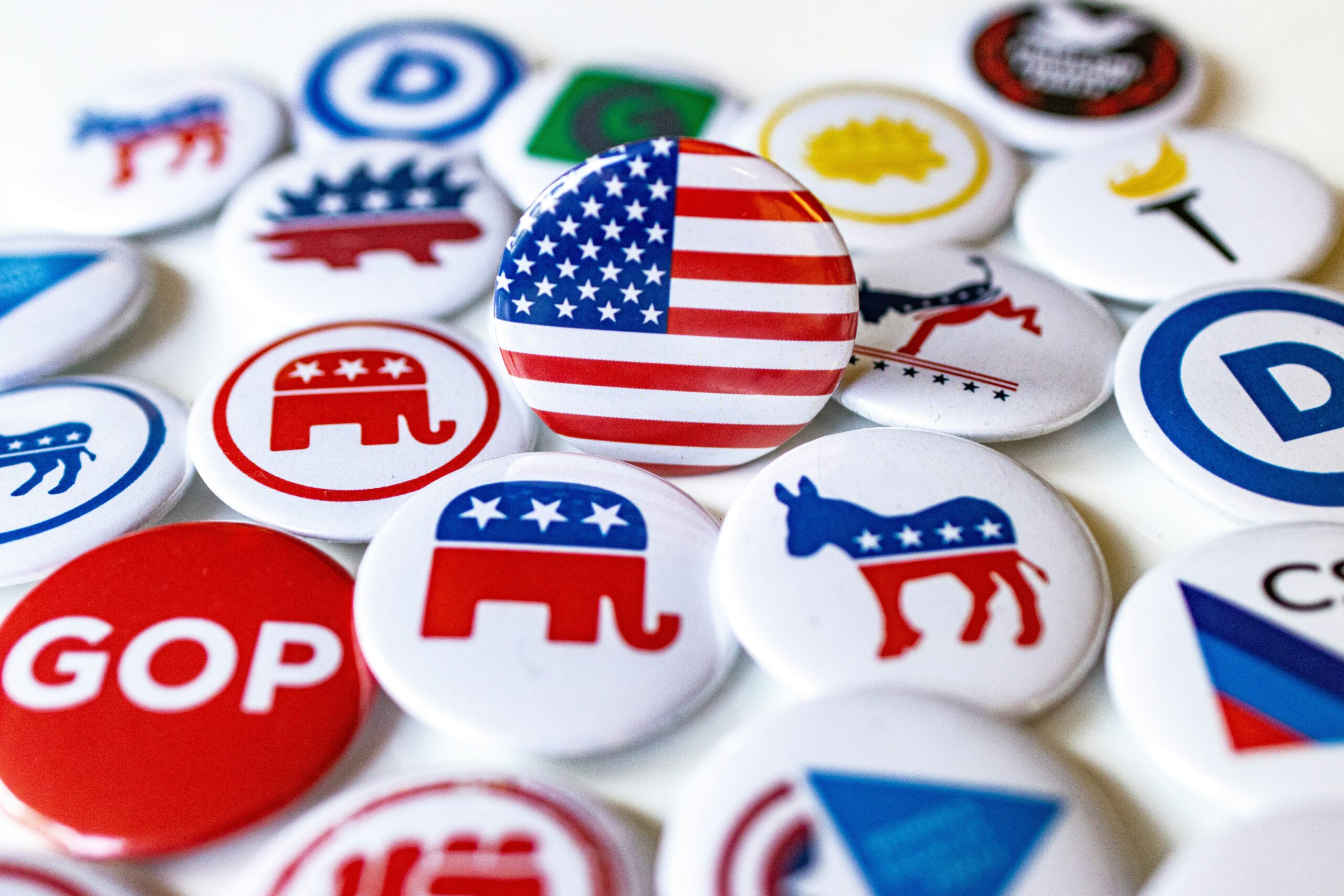The Causes of Increased American Political Polarization
Peaceful debates between political parties are evidence of a robust democracy, but what happens when these differences of opinion morph into political attacks? What happens when the purpose of these debates is not to find common ground in order to serve the interests of the American people, but instead to evidence how one political party is superior to the other? Americans grapple with these questions today in a society marked by political polarization. According to the Pew Research Center, the difference between liberal and conservative ideology is the most extreme it has been in 50 years, making common ground almost nonexistent. The outcomes of political polarization are ineffective legislation and provocative stunts from political figures, trends that will only become more prevalent heading into the 2024 election cycle. Above all, the American people suffer due to this lack of political cooperation, indicating that a solution to political polarization is urgently needed to improve the lives of everyday Americans. As such, the first and most vital step to combating political polarization is mitigating hate while fostering debate, both on public platforms and in legislative settings.
First, it is important to examine the ways in which political polarization has long been an issue in American politics, as well as the contemporary factors that have contributed to its recent escalation. From a historical perspective, The American Interest cites identity politics, political party sorting and new rules for Congress as three general reasons for political polarization. Author David Blankenhorn suggests that “the weakening and in some cases elimination of “regular order”… as well as the erosion of traditions such as Senatorial courtesy and social fraternization across party lines– have contributed dramatically to eroding trust and fomenting animosity in Congress.” As Blankenhorn describes, standard courtesy that has long been considered a hallmark of American legislative institutions has been eradicated. This lack of general “friendship” between certain members of political parties is just a minor contributor to the overwhelming tide of political polarization.
Blankenhorn additionally writes that “the parties have sorted philosophically such that today almost all liberals are Democrats and all conservatives are Republicans.” The Pew Research Center’s statistics support this claim: “since 1994, the average partisan gap has increased from 15 percentage points to 36 percentage points.” As shown, the ideological difference between liberal and conservative ideology has widened in the past few decades. Recently, two examples of events which have contributed to political polarization on both sides of the spectrum are the aftermaths of Sarah Palin’s political rise and Donald Trump’s presidency. Moreover, this reality has been exacerbated by political antics, notably including attempts to demonize the opposing party or particular political figures in efforts to gain popularity. The line between juvenile demonization and political hate has been blurred, a factor that significantly contributes to political polarization.
Thus, the Pew Research Center emphasizes that, in order to decrease political polarization, Americans must “produce empathy to reduce prejudice.” The center states two main ways this can be accomplished: highlighting cultural connections and preventing the spread of misinformation.
On polarizing issues such as immigration, the Pew Research Center found that “stories that simply linked immigrants to cultural issues such as cooking, rather than border-crossing, decreased negative attitudes, while stories that linked immigrants to crime were polarizing.” Thus, establishing common ground by fostering cultural connections on non-political issues is crucial to decreasing polarization. In divisive times, Americans often lose sight of the commonalities between each other, and connecting over even small things can help us see humanity in one another.
Secondly, polarization and the spread of misinformation often go hand-in-hand. To inhibit the spread of misinformation, the Pew Research Center recommends providing the concrete truth instead of simply stating why the misinformation is incorrect. By preserving objective truth in politics, the public is less likely to disagree over misinformation, thus minimizing political polarization and creating clarity in political settings.
Lastly, the Greater Good at University of California Berkeley provides an alternative yet action-centered approach to combating political polarization. Lee De-Wit, Sander Van Der Linden and Cameron Brick all propose “citizen assemblies” – spaces for citizens to publicly debate issues Americans face today. The authors explain that “these assemblies can be thought of as a kind of jury duty for political deliberation,” allowing citizens to remain civically engaged while simultaneously confronting political polarization. Furthermore, citizen assemblies “offer a platform for different groups to discuss issues in a way that can highlight where common ground exists and how it can be acted upon.” The citizens assembly approach appears simpler in theory than in action, but Ireland provides promising evidence that citizens assemblies can be incredibly effective both for combating political polarization and bettering the lives of citizens. According to the Greater Good, citizens’ assemblies in Ireland helped strengthen the nation’s approach to alleviating the impacts of climate change. Most importantly, citizen assemblies foster debate, thus bolstering democracy while hindering political polarization.
In conclusion, political polarization is a multi-faceted problem that has long afflicted American society. It harms the American people by undermining the effectiveness of political institutions and creating animosity between citizens. The solutions to this issue are not simple, but emphasizing common ground, preventing the spread of misinformation, and upholding the pillars of democracy are three strong methods of bridging ideological divides and decreasing political polarization.

